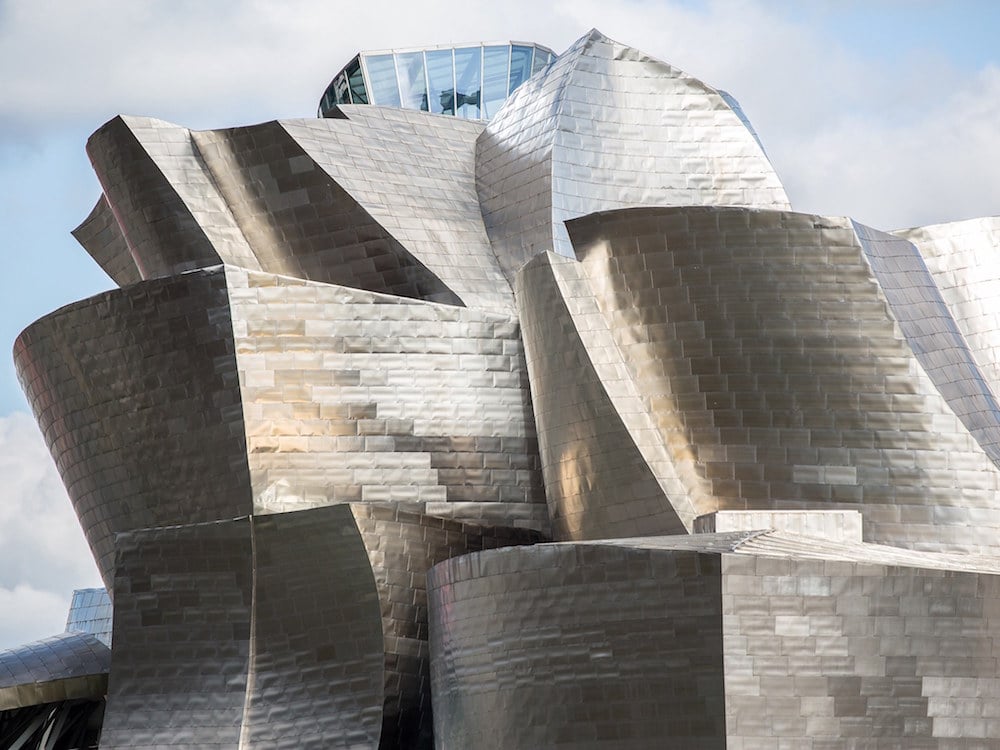This article was translated by John R. Bopp
Those of us who write this blog lived through the intense debate that surrounded the decision to build the Bilbao Guggenheim Museum. A large part of Basque society could not understand that resources, which are always scarce, were going to be dedicated to building this building (or to the Subway, or the Port, or to many of the other infrastructure improvements that have made Bilbao what it is today).
We lived through, with great unease, all the fighting in the media between politicians who did not want the museum to be built. We couldn’t understand how so many could be so against the project, when the cost was not insurmountable nor were the opportunities the museum could open up negligible.
We still remember an interview printed in El Correo Español with Ascensión Pastor, then a candidate for the mayor of Bilbao from the People’s Party, who promised that were she elected, she’d stop the construction immediately. We also remember how the Spanish Socialist Workers’ Party would only support the museum’s construction if its size were halved (with all the problems that has caused the museum to this day). We further remember how the Basque Left strongly opposed the construction, as well as many members of the “Basque intelligentsia” who openly and derisively criticized the idea of an American museum opening a “franchise” in Bilbao, as they thought the proponents of the museum were some “hicks who’d been fooled”.

We have no doubt that if there had been a “referendum” to decide if the museum, or the subway, or the port (for example) should be built, they would have been voted down and now many of the infrastructure improvements we’re so proud of in the Bilbao metro area wouldn’t exist.
While all that happened “behind closed doors,” for the rest of the world, this project put Bilbao on the map. Architects, urban planners, and media from all over the globe came by to see what was happening in this corner of Europe to this medium-sized city they hadn’t really ever thought of before.
As the museum grew, so did interest in it, and on the day it was inaugurated, CNN reported from Bilbao, showing that the museum had not been a mistake; all this despite the fact that Txema Aguirre Larraona, an Ertzaina (Baque regional policeman), had been killed not five days prior in an attack against the museum.
The success of the Guggenheim Bilbao was not taken well by a significant part of those who were opposed to its construction. It’s not easy to admit mistakes, and many continue to oppose the museum. After the museum’s initial success, the detractors changed their message; it went from “it’ll be a failure” to “its success is a fad”. But even those claims died off as the museum continued to be successful.
Curiously, 13 years later, global interest in the museum continues intact, so much so that readers at CNN’s website voted it the most emblematic building in the world.
Today, we Basques can say that we’ve achieved the impossible. We’ve “stolen” a Big Apple icon from New Yorkers. In 1995, whenever anyone heard “Guggenheim”, they thought of the fascinating building designed by Frank Lloyd Wright on Fifth Avenue. Today, however, the word “Guggenheim” more often elicits memories of the Frank Gehry masterpiece in Bilbao.
We’re mentioning all this because almost 20 years after the museum’s opening put Bilbao on the world map, it’s still a building that grabs international interest, both as a building and as a museum. As proof, we have an article penned by Caitlin Morton published this February in Conde Nast Traveler which places the Guggenheim at #1 of the 15 most beautiful museums in the world.
Just today, the Mexican daily El Universal published an article on the Basque edifice under the headline “Have you been to the most beautiful museum in the world?”
As we’ve said many times before, the Bilbao Guggenheim Museum is not the cause of the Transformation of Bilbao, but a result of it. This process started and continues thanks to a group of people that, as Richard Armstrong, Director of the Solomon R. Guggenheim Foundation, explained, were able to combine political leadership, a strong will to reinvent the Basque Country, and the capacity to decide how much to spend in the Economic Agreement.
El Universal – 23/5/2016 – México
¿Ya conoces el museo más bonito del mundo?
¿Qué se siente haber sido elegido como “El museo más bonito del mundo” y quedar por encima de instituciones como el Hermitage de Moscú, o los museos vaticanos? El Guggenheim Bilbao ya tiene varios reconocimientos en su haber, entre ellos la Medalla de Oro al Mérito en las Bellas Artes (1999) y el del Museo Europeo del Año 2000. Ahora, acaba de ser elegido como el más bello de todos, por los lectores de la revista Condé Nast Traveler.
(Continue) (Automatic translation)
Conde Nast Traveler – 26/2/2016 – Gran Bretaña
The Most Beautiful Museums in the World
Be it a Frank Gehry work of asymmetric art or an 18th-century Russian palace, these 15 museums are among the most beautiful in the world, with stately buildings that complement the treasures housed within.
(Continue) (Automatic translation)
Last Updated on Dec 20, 2020 by About Basque Country





























